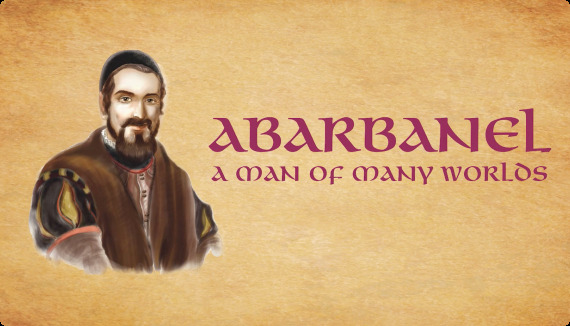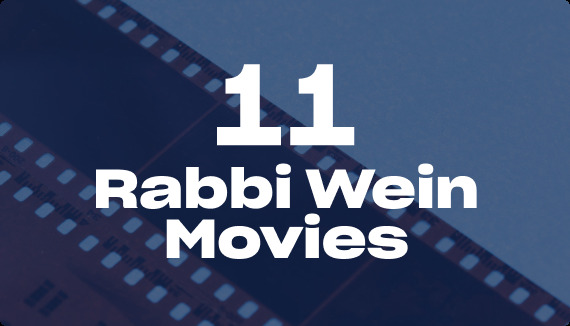Over the ages, Jewish music, so to speak, has always been religious, prayer music. However, over the past half century, really beginning with the Shlomo Carlebach era, Jewish music has branched out. In Israel, the popular songs and performers, although using Hebrew as the language of the lyrics, are not really in the Jewish music genre. The songs are the same in content and style as pop music the world over, except in Hebrew. There are many performers who create "Jewish music" by using the words of prayers and Psalms as the lyrics to the song while the melodies employed are similar to pop, rock, and other forms of secular music. Because of the explosion of technology in bringing music to the masses, Jewish music is also riding the crest of that technological wave, both in the instruments used to produce the music and the different forms of reproducing it. We have come a long way from the round vinyl records that were placed on the turntables of phonographs. DVDs, CDs, cassette tapes, iPods and other marvels are the vehicles of dissemination of today's Jewish music.
Synagogue music was the province of the chazanim - the cantors in the synagogues. Famous chazanim were heroes in the Jewish world and many times the synagogue service was essentially a sort of concert of religious music. Because of this not all of the chazanim were necessarily of the level of piety and observance that the standards of halacha demanded, but rather it was the voice and musical talent that carried the day. The popularity of chazanim was of such a nature that they were the main draw that brought people to the synagogue, with the prayer services themselves becoming almost secondary to the "concert." I remember that a famous Jewish gangster died of old age and his family feared that very few people would show up to honor the deceased at the funeral, so they engaged a very famous cantor to sing the requisite prayers at the funeral. They advertised this on posters throughout the Jewish neighborhood and the funeral parlor was packed with listeners. Whether this ultimately was aid to the soul of the departed one is a debatable question. Perhaps as a reaction to the deification of some chazanim, coupled with the decline of "cathedral" congregations in the Orthodox Jewish world and the determination to place meaningful prayer above melodic concert-like performances, the institution of the chazan began to decline in the Orthodox world after the Holocaust. However, over the last few decades, especially here in Israel, the chazan has regained his preeminent position in Jewish life. Great chazanim concerts, ship cruises and personal performances have now become very popular. A whole new generation is being raised to appreciate the creativity and nuances of fine cantorial music. Of course, the resurgent talent and unquestioned piety of many of the great chazanim of today has also played a great role in the rebirth of the popularity of chazanic performances the world over.
Some of the great stars of the opera and the movies began their careers as chazanim. Al Jolson was himself the chazan that he portrayed in his role in the movie, "The Jazz Singer." Jan Peerce was a famous chazan before he became a leading tenor at the Metropolitan Opera Company in New York. The same was true of his brother-in-law, Richard Tucker, who became one of the premier stars of the Met. Both Peerce and Tucker continued to serve as cantors for the High Holy Days while being at the Met. Apparently, once a chazan, always a chazan.
There was also a genre of Jewish music called Yiddish folksongs. These songs, which expressed all of the pathos, humor and reality of Ashkenazi Jewish life, were immensely popular amongst the masses of Ashkenazi Jews. There were also wedding songs, both in Yiddish and Hebrew, meant to gladden the hearts of the bride and groom. The various Chasidic groups developed their own special tunes and lyrics for various occasions, not limited at all to the prayer services in the synagogue. Many of the tunes were "borrowed" from the songs of their non-Jewish neighbors - even from Napoleon's army that swept through Eastern Europe in the war of 1812 in Russia - and were "Judaized." This was true of many popular Israeli melodies, originally used as secular songs that were adapted and introduced into the prayer services. So how Jewish is Jewish music? Jewish music is apparently designated by its use more than by its origin.
More about Sephardi Jewish music in a later column.
Shabat shalom.
Berel Wein



